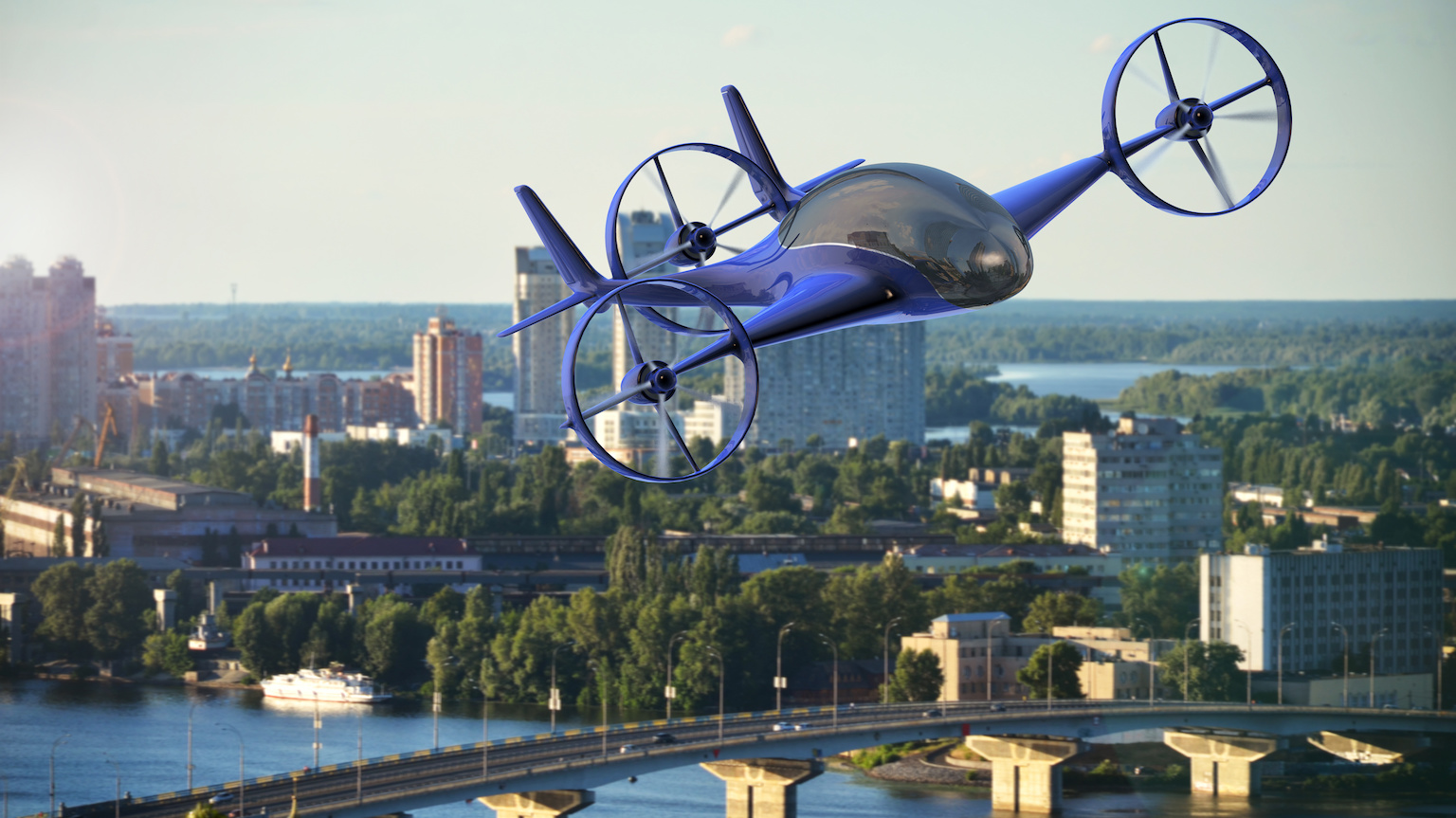
[ad_1]
The IAA International Motor Show will kick off in Munich for the first time next month, September 7-12, 2021. It had been held in Frankfurt/Main since 1952, but, like the auto industry, things change. What innovations will car manufacturers present there? Nothing has been decided yet, and it remains to be seen which brands will be at the show at all. For this reason, let’s take a look at the glorious IAA past.
We’ll look at those times when a novelty could cause such crowds that the police had to intervene and when the IAA was the highlight of the year for many a car fan. Many of them will remember a particular novelty that they spontaneously fell in love with. In the following list, we would like to highlight 10 special cars. The selection is purely subjective; we could also have chosen a Mercedes C 111 or W 126, a BMW 2002 Turbo or Lancia Delta. The first BMW 8 Series and the Audi A2 also attracted a lot of attention. Our order is not judgmental but purely chronological.
The IAA Mobility Open Space in the city center is free of charge. Prices for a day ticket with access to the show start at €20 for adults and €25 for weekends. Trainees, students, and schoolchildren pay €10. The family day ticket is for two adults and three children (6-14 years) and starts at €49.
1951: Mercedes 300
The brand-new Mercedes 300 quickly became the absolute star of the 1951 IAA – six cylinders, 115 horsepower (85 kilowatts), and a top speed of 160 kilometers per hour (99 miles per hour)! The expensive luxury sedan later became famous as the “Adenauer Mercedes.” For most visitors, who could at best afford a motorcycle, the 300 must have seemed like something from another star. From today’s perspective, the presentation of the brand with the star was very sober. Modesty was the key back then.
1955: BMW 507

BMW didn’t have a lot of money in its bank account in the 1950s, but it did have a highlight in its IAA luggage. At the 1955 IAA, it presented its direct rival to the Mercedes 300 SL – the 507. It cost as much as a single-family house and remained extremely rare. Only 254 BMW 507s were built. In contrast, a total of 3,258 Mercedes 300 SLs of all versions were almost mass-produced. The 507 was made legendary by Elvis, whose car now belongs to the BMW Museum.
1963: Mercedes 600

As with the 300 12 years earlier, Mercedes again put an exclamation mark on the 1963 IAA. The mighty 600 with a 250-hp (186-kW) V8 demonstrated what was technically feasible in the luxury segment. For example, the trunk lid closed automatically by vacuum – an unbelievable feature at the time in the land of the Beetle hordes. The rush for the 600 was so great that the Mercedes stand needed police protection.
1963: Porsche 901

Still under the designation 901, Porsche showed a sports car at the 1963 IAA that was to go down in history – the later 911. In the picture, we can still see it as the 901 at the Geneva Motor Show in spring 1964. It was only shortly after the sales launch in November 1964 that the designation had to be changed due to pressure from Peugeot.
1965: Opel Kadett B

The real hits often come in inconspicuous garb. The Opel Kadett B presented at the 1965 IAA was a home run because it became a sales hit. Here we see it in a later version. The brand confidently advertised the Kadett with the slogan “The Car.” Not entirely without reason, as by 1973, more than 2.7 million units had been built.
1967: NSU Ro 80

A sensation at the 1967 IAA was NSU, until then better known for small cars, as it shocked the competition with the Ro 80. Its futuristic design and 115-hp) Wankel engine captivated visitors to the show. However, the sedan only sold around 37,400 units in ten years. When the Ro 80 was discontinued in 1977, debates about fuel consumption and safety dominated the IAA.
1983: VW Golf II

Like the Opel Kadett B, the second-generation VW Golf almost 20 years later was not a visual street sweeper. But thanks to its solidity and longevity, the conventional compact car mutated into a myth. The model range extended from the 54-hp (40-kW) naturally aspirated diesel to the 210-hp (156-kW) G60 Limited. By the end of 1992, more than 6.3 million Golf IIs had rolled off the production line, many of which can still be seen today.
1989: Opel Calibra

A truly worthy successor to the Opel Manta was the Calibra that caused quite a stir at the IAA in 1989 after it had a whirl in the wind tunnel during development. 0.26 was the drag coefficient world record at the time. In addition to the fabulous design, visitors were amazed at the very narrow ellipsoidal headlights. The “Cali” was built until 1997, and unfortunately, there was never a true successor.
1997: Mercedes A-Klasse

When world premieres were still real surprises, visitors to the 1997 IAA were amazed at the new Mercedes-Benz A-Class. No car with a star had ever been so small. The Vision A 93 study had already tested the public’s reactions to it at the 1993 IAA. Shortly after the world premiere in 1997, a moose ran across the path of the Mini-Benz.
2019: VW ID.3

The last IAA in Frankfurt held another exceptional highlight – VW showed there the ID.3, the brand’s first entirely newly developed electric car, including its own platform. It was clear signal from the giant from Wolfsburg as VW has invested many billions in electromobility to date. This is the powertrain that will dominate at the 2021 IAA International Motor Show in Munich.
[ad_2]
Source link






